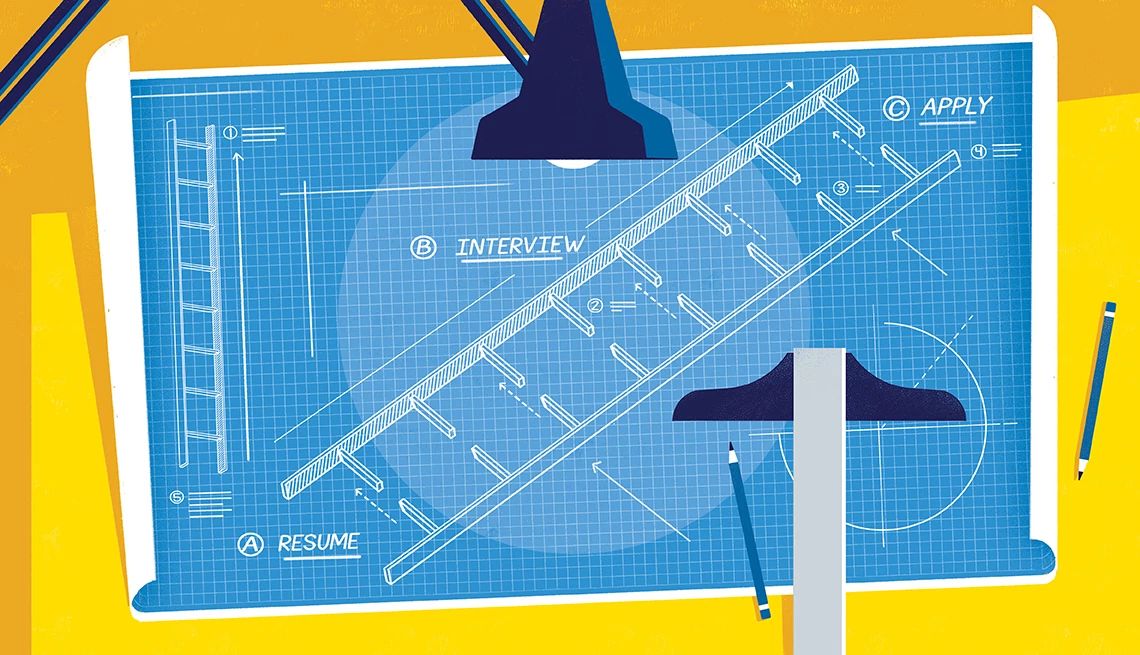AARP Hearing Center
As much as $11 billion in unused medicine is discarded each year. That’s in spite of rising drug prices that prevent tens of millions of Americans from filling prescriptions. To counter this, state governments have established programs allowing pharmacies, health care centers, hospitals and nonprofits to accept unused medicine to treat heart disease, cancer, diabetes, HIV and a host of other illnesses.
These programs match uninsured and underinsured patients with donated drugs, helping people in need and reducing both waste and the negative impact prescription drugs have on the environment. Roughly 70 percent of waterways in the United States are contaminated with pharmaceutical runoff, according to SIRUM (Supporting Initiatives to Redistribute Unused Medicine), a nonprofit that connects individuals who want to donate medicines with drug programs and community programs that will accept them.
“Very few people even know donating medicine is an option. There’s all these takeback programs and bins in pharmacies, but all that gets destroyed,” says Adam Kircher, cofounder of SIRUM. “We’re destroying perfectly good unused medicine when potentially, down the street, there might be a family that needs that medicine but can’t afford it.”
How these programs work
At last count, 40 states, Guam and Washington, D.C., had Good Samaritan drug donation and reuse laws on the books establishing drug repository programs. The laws enable drug companies, health care providers and individuals to donate sealed, unused drugs in their original packaging. The medicine is inspected by a licensed pharmacist, who checks the expiration date, looks for signs of tampering and confirms the drug is what its label says it is. Once it’s given a green light, the medicine can be dispensed to uninsured and underinsured patients via participating pharmacies, hospitals, clinics and community health centers.
Since launching in 2009, SIRUM has shipped more than 30,000 donations valued at about $167 million through its platform. The company aims to get nearly $1 billion worth of donated medicine to a million patients over the next five years.







































































